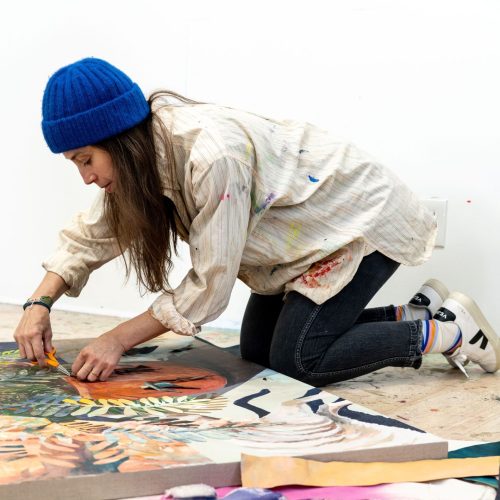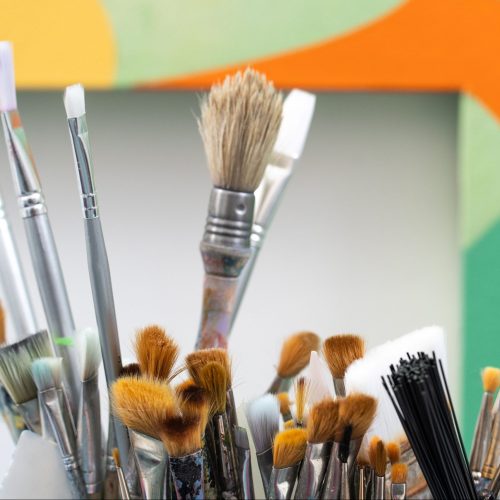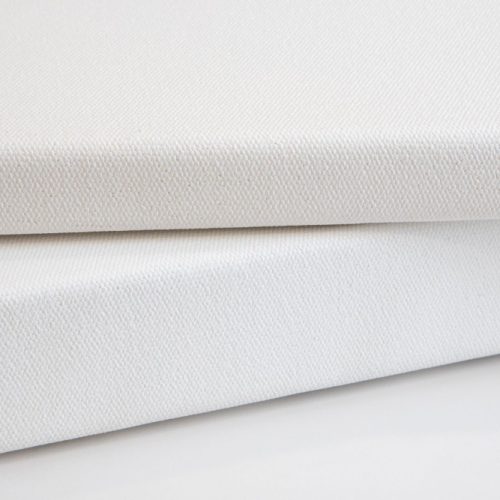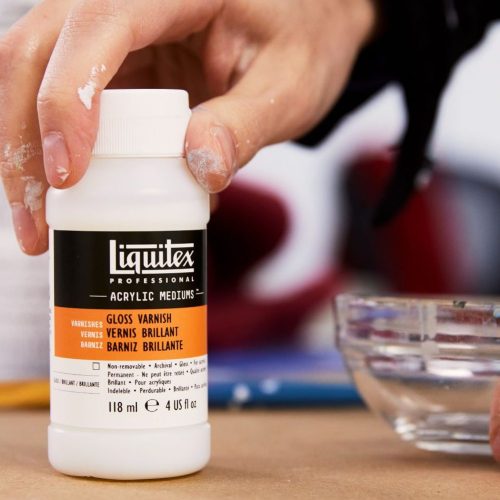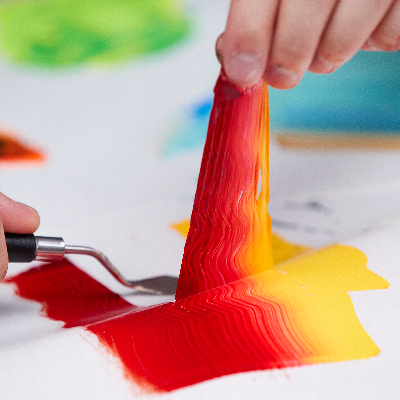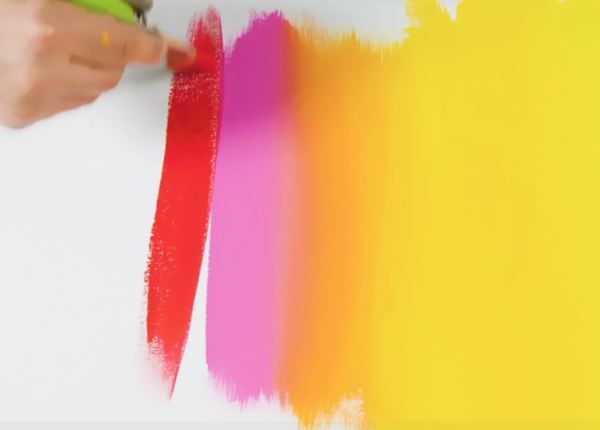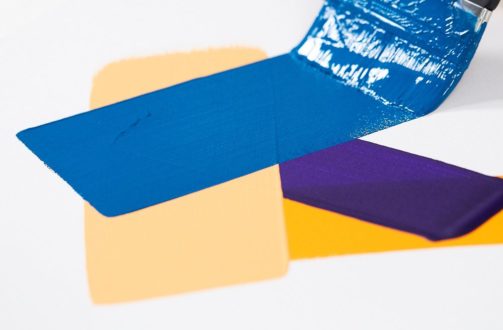Digital collaging with
Liquitex Acrylic Gouache
Liquitex
Uncapped
Introducing Liquitex Uncapped, a behind the scenes glimpse at all things Liquitex. Enjoy an exclusive look at how your favorite paints and materials come to life.
Written by: R. Dawson
Contemporary art today utilizes almost limitless choices of materials, techniques and processes to create artwork. As an artist, it is exciting to take advantage of new technology to challenge your practice and work outside your comfort zone. This multidisciplinary approach is also integral to how many artists think, bridging the gap between mediums and creative contexts, widening their audience and the critical components to their work.
Incorporating Digital Art into Your Practice
One way to integrate a digital component to your work is to explore green screen technology. With green screen (or Chroma Keying as it is officially known), we can manipulate the physical painting with a digital element such as a video to create a layered digital collage.
The Chroma key technique is employed by the film and television industries to transport actors to fantastic locations and settings. In principle, the effect takes a color found in the frame and makes it transparent, allowing us to put another image there in its place. It is effectively a form of video collage, combining a foreground and a background element together to create a single image.
How can we achieve this?
Although Hollywood spends millions on visual effects, the same technique can be utilized with relative ease on a smaller scale using Liquitex Acrylic Gouache. A good key (the term used for turning a color transparent) is generated when a color is solid with little variation in tone or pigment and is flat and matte. Acrylic Gouache is very effective at creating block color for keying, with little variation and brush strokes.
Today, the effect is easy to replicate with a camera and computer or smartphone using software such as Adobe Premiere Pro, Davinci Resolve or iMovie (which will even work on your iPhone!). We are using Adobe’s Premiere Pro here today. The software is not too challenging to use, and the effect can be applied with ease.
The main thing you want to consider when filming the green element of the painting is the consistency of the color’s tone and pigment. The more consistent the color, the easier it is for the software to identify which part of the image you wish to manipulate.
Within Premiere Pro, we can use an effect called the ‘Ultra Key’. With this effect, we can drag it onto our clip with the green element and use the eyedropper tool to pick our gouache green to manipulate. Once that’s done, whichever clip is directly below it will now show through anything with that shade of green within the image.
Why explore this?
One of the advantages of working with this technology as artists is we can explore the materiality of Acrylic Gouache within a digital context. What is it like to chroma key wet paint? What results do we get from a moving surface?
Why might artists consider exploring digital avenues to share their work?
The COVID-19 pandemic forced many artists, galleries and exhibitions online. In the wake of this, a relationship with a digital element to your practice where the work is realized for online viewing might be something seriously worth consideration. Digital is both a medium for creating and a platform for showcasing your work. Much like how television did not cannibalize the radio, the digital does not replace the physical. Traditional painting isn’t going anywhere, but perhaps there is room for some cross disciplinary experimentation.
R. Dawson is a multidisciplinary artist based in London.
